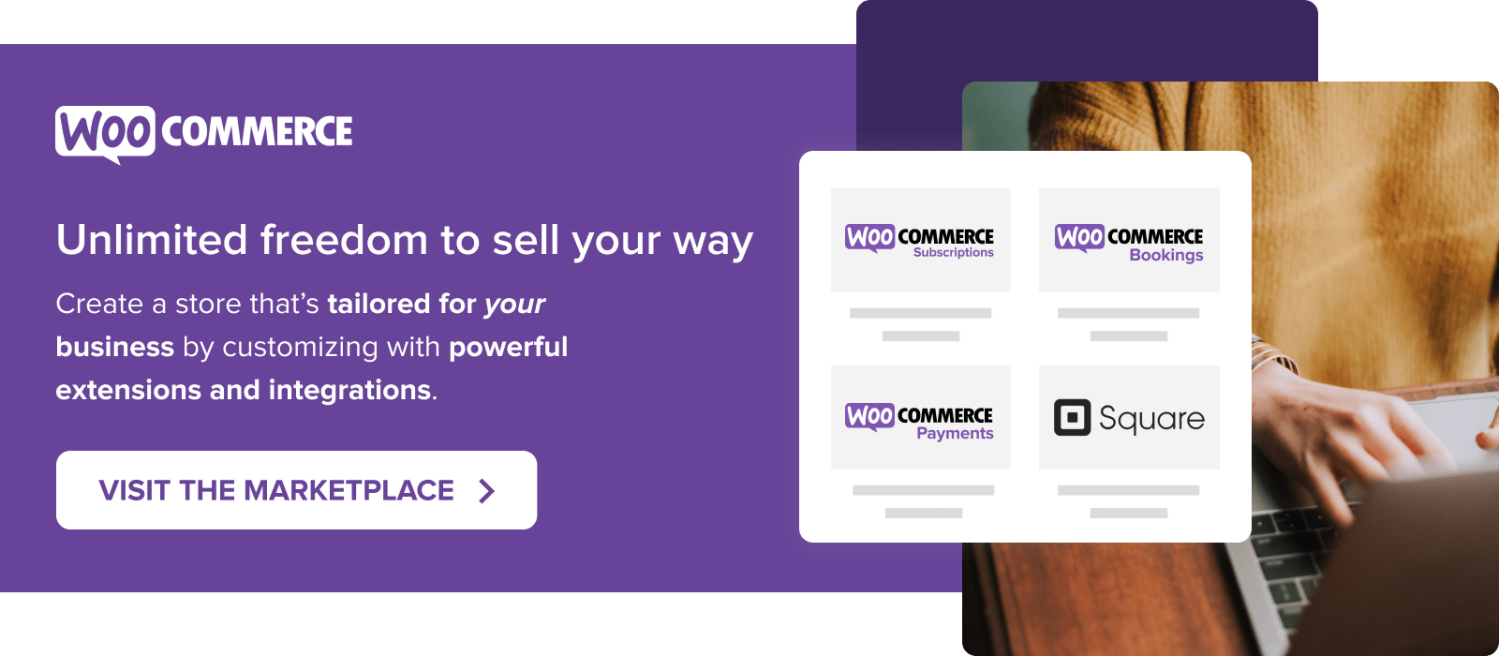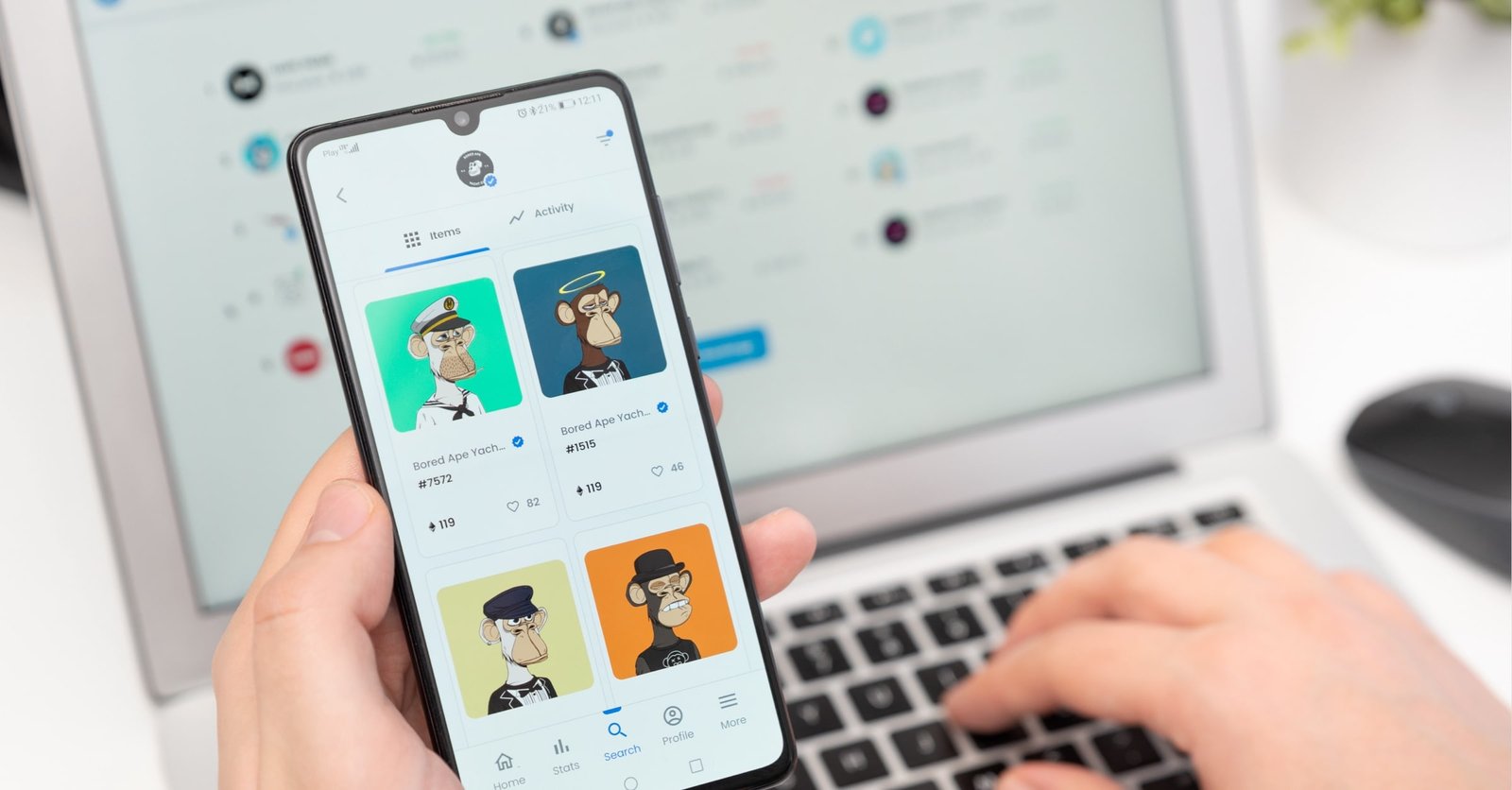The first post in this series introduced us to digital wallets and digital assets, particularly NFTs. The second post was a deeper dive into how Woo traders can use NFTs for profitability and growth. In this post, we’ll help you choose the NFT solution that’s right for your business.
As in our post on how to choose a crypto payment partner, we will not provide specific recommendations for partners. Instead, we’ll explore what requirements lie behind the use cases we discussed last time and let you, dear Woo Merchant, make up your own mind based on your use case, situation, and goals.
A dictionary of NFT jargon
- AirDrop: When a token creator sends tokens (of any kind) to one or more wallets. Yes, this is the thing about cryptocurrencies: sometimes you wake up and someone has sent you money for free.
- Decline in claim: Projects or creators often require people to claim tokens instead of just sending them via AirDrop. This usually involves visiting a website, connecting your wallet and proving ownership.
NFTs are small software programs that conform to certain standards that allow them to interact with whatever blockchain they are deployed on. This part is a little technical, but don’t worry, the Woo NFT partners (Verisart and Boson Protocol at the time of this post) all do a great job of abstracting away this complexity and helping you make good decisions about how you want to do things. .
Here we have combined many individual requirements into high-level sets that generally represent the steps of an NFT project.
Design decisions range from the deeply technical (which chains you want to use, how you can keep transactions cheap, and where to store your data) to the more business-oriented (how many NFTs you want to make available and what images to use to make them attractive in a user’s wallet).
A partner solution will usually help you decide things like:
- Do you need or want your customer to know that your experience uses NFT? Your customers probably don’t want to know that you use SSL, cookies or other technical terms when providing services. The same goes for NFTs. For some marketers, talking about this technology will make sense – for others, it’s something to avoid.
- Will NFTs be free or paid? Will it be a static price or do you want to use a connecting curve, dutch auction or any other kind of dynamic price?
- Whether you want to set royalties (ie ask for a % of secondary sales).
- The number of NFTs to be made available and the minting schedule (dates, who can mint, etc.).
- How many NFTs can each customer buy (or send).
- Whether the NFT represents a physical asset, and if so, how the two will be linked.
- Whether you want NFTs to be transferable or tradable.
This step ends once your NFT software is deployed to the public blockchain and ready to use.
Once your NFTs are ready to use, you need to get them into the hands (digital wallets) of your prospects or customers. If your target recipients do not already have a digital wallet, this is something to consider. Some partners may provide you with the ability to create digital wallets for your recipients, others may have different recommendations. How you distribute your tokens depends on how you’ve designed the overall experience, but generally there will be three different options for your customers:
- Normal embossing: The default method of NFT distribution is for the user to send cryptocurrency to the NFT smart contract address and receive the NFT automatically, all managed by the NFT contract. Increasingly, it is also possible to authorize coinage by paying in fiat currency via credit cards.
- AirDrop or “claim drop” pre-stamped NFTs: Using this method, you send NFTs or make them available for redemption instead of asking people to complete a transaction. This may work better if you want to ensure users can get NFTs for free, or if you have a non-technical target user group and want to keep things as simple as possible.
- Lazy coinage: In this situation, users receive their NFT only after they pay for it or claim it. This can be useful in several scenarios. First, if you’re not sure what the appetite for your NFTs will be, you can pre-sell them and go out only after you have enough orders to justify it. Second, it can be a useful way to comply with regulations: for example, if you have a two-week refund obligation for EU customers, then it’s much easier to get a refund if you haven’t done anything in the chain yet.
A partner solution may offer one or more of these methods. Either way, this step ends when you have a lot of customers or potential customers with your NFT in your wallet.
NFTs are a somewhat abstract concept, so it’s a good idea to make sure your NFT holders can see their NFTs. Savvy users can visualize NFTs using native cryptographic tools such as wallets, blockchain explorers, or NFT marketplaces. For non-technical users, you’ll want to think about how their NFT appears within your overall design. It may be displayed in the “My Account” area (and then referenced in the purchase and checkout process as described below). If NFTs are part of a community experience, you may want to think about how users can display their NFTs for others to see.
When evaluating potential NFT solutions, ensure that the customer experience of receiving, viewing and using NFT can meet your expectations.
You don’t have to give your tool an NFT – it can just be a badge that your customers can proudly display. But that definitely leaves a lot of creativity on the table. In our previous post on NFT, we covered a number of use cases you can build on top of NFT. It is important to ensure that the environment you are trying to create supports your chosen solution.
If you want to allow customers to resell or transfer their NFTs, then you may want this to be something you can manage and control. It is possible to design NFTs so that they can only be sold or transferred through an official marketplace. This allows you to design the experience exactly how you want it – whether it’s collecting royalties or making sure you have an email address and personal information for all future buyers or recipients of NFTs for marketing or compliance purposes.
As for the immediate design space explored in this series of posts, you should also consider:
- Lifecycle Design: NFTs are for life, not just for Christmas. If you are going to sell or distribute NFTs, you are setting the expectation of “more to come”. What does that “more” look like and are you determined to live up to that expectation?
- Marketing: Depending on your technology solution and experience design, you may need your customers to know you use NFT (or you may not). This needs to be factored into your marketing plans. The continued use of NFTs opens up new opportunities for marketing, especially when it comes to community and partnerships. Can holders of other NFTs also access your token gateway features? Want to send NFTs to rival NFT holders? How do you tell them you did it and how can they take advantage of it?
- Communication and customer support: Onchain technologies such as NFTs offer both new opportunities and challenges for customer communication and support. Your planning here will depend on the experience you’re creating and the technology you’re using. Sometimes you may not have an email address or even a name for your NFT holders – how will you communicate with them? What kind of support can your NFT solution provider offer to support your internal support function?
- Analysis and overview: In general, NFTs can be viewed on open public blockchains. So in theory you can see where your NFTs are stored, if/how/how much they are sold and what other activities these wallets are doing. How could this information benefit your business and how will you analyze and use it? How can your competitors, suppliers or customers take advantage of it?
NFTs are a relatively new technology to most people (traders and customers alike) and we’re not going to tell you that it’s completely straight-forward, simple, and that there are clear, repeatable guides you can follow. But on the other hand, it has unique potential for creative and innovative brands to engage and co-create with their prospects and customers.
We can’t wait to see what you build with Woo!

Dave is a visionary at the forefront of the Web3 revolution and currently leads Automattic. A native of Great Britain, Dave is now soaking up the sun and peace in Portugal. Dave shares his Web3 expertise through his consulting role at Adnode and past collaborations with WordProof, Grant for the Web and his founding company Pragmatic. He is also co-chairman of the BIMA Web3 board.

